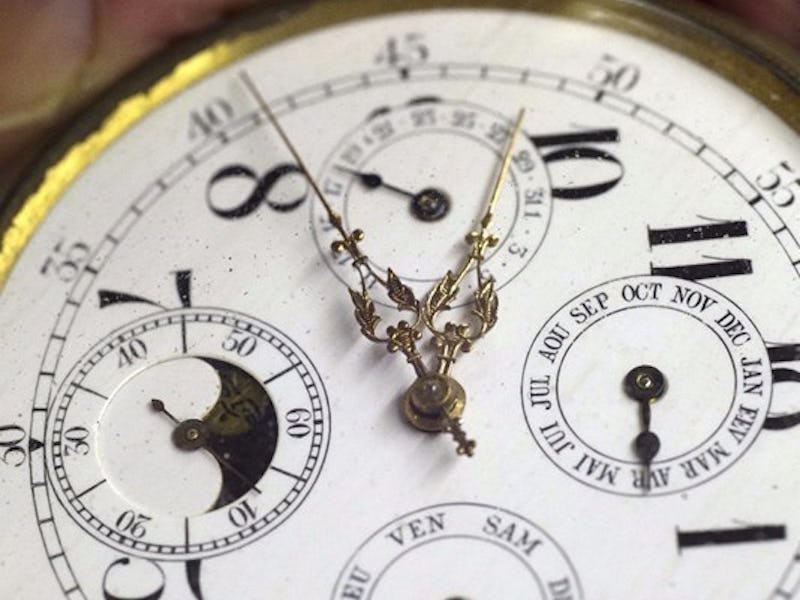Get ready to change your clocks, folks. Daylight saving time is ending this year as it celebrates its centennial anniversary. One hundred years ago, Germany was the first to implement the concept on May 1, 1916; however, they weren’t the first to come up with the energy-saving concept. Nine years earlier, William Willett of Britain got the daylight saving time ball rolling, but do we really benefit from it?
Throughout history, many civilizations toyed with the notion of seasonally altering the length of a day. However, we can tip our hat in thanks to Willet. He first proposed the modern idea of daylight saving time as a way to make people’s days a little sunnier, but the concept was also marketed as an energy saver since it was expected to decrease the need for artificial light. Despite a vigorous campaign in front of Parliament, favorable legislation wasn’t passed until after Willett’s death and after Germany’s law took effect.
Two years later, in 1918, daylight saving time took hold in the United States, also billed as an energy saving proposal. In reality, and like most things, it was really all about the money. The U.S. Chamber of Commerce was a major supporter of daylight saving time in the early days, arguing that since the time shift would allow more Americans to get off work while it was still light out, they would be more apt to go shopping in the evenings.
When it was originally introduced, daylight saving time also offered huge benefits for the sports and recreation industry too, providing extra daylight for baseball and golf enthusiasts at a time when artificial lighting wasn’t as common.
However, the concept also met a lot of opposition, with the film and farming industries strongly arguing against the time change. Farmers felt like darker mornings during the summer months robbed them of the time they needed to do their work, and the film industry argued that people would rather spend time outside in daylight hours rather than sit in a dark theater. There was so much criticism that Congress repealed the policy not long after it was implemented. But daylight saving time would not go quietly into the good night.
Despite popping up again during World War II, it wasn’t until 1966 that Lyndon B. Johnson signed a lasting bill that called for six months of daylight savings time to be observed each year. The law required all states to either adopt the policy or not, thus preventing individual cities and counties from doing their own thing. In 1986, daylight saving time increased to seven months, and in 2005 the period increased to the current standard of eight months.
While the concept was developed in an attempt to brighten everyone’s day, the reality of daylight saving can be a real nightmare. Longer summer days are something we look forward to, but the actual shift to winter time not only disrupts our sleep cycle, but it’s also linked to an increase in crime and depression.
Research shows that having more light later in the evening could not only improve our mental health but our physical health as well, by allowing people to engage in more physical activity after work. Seasonally changing the clocks doesn’t really save energy, but has many other benefits. So why not make daylight saving a year-round phenomenon?
